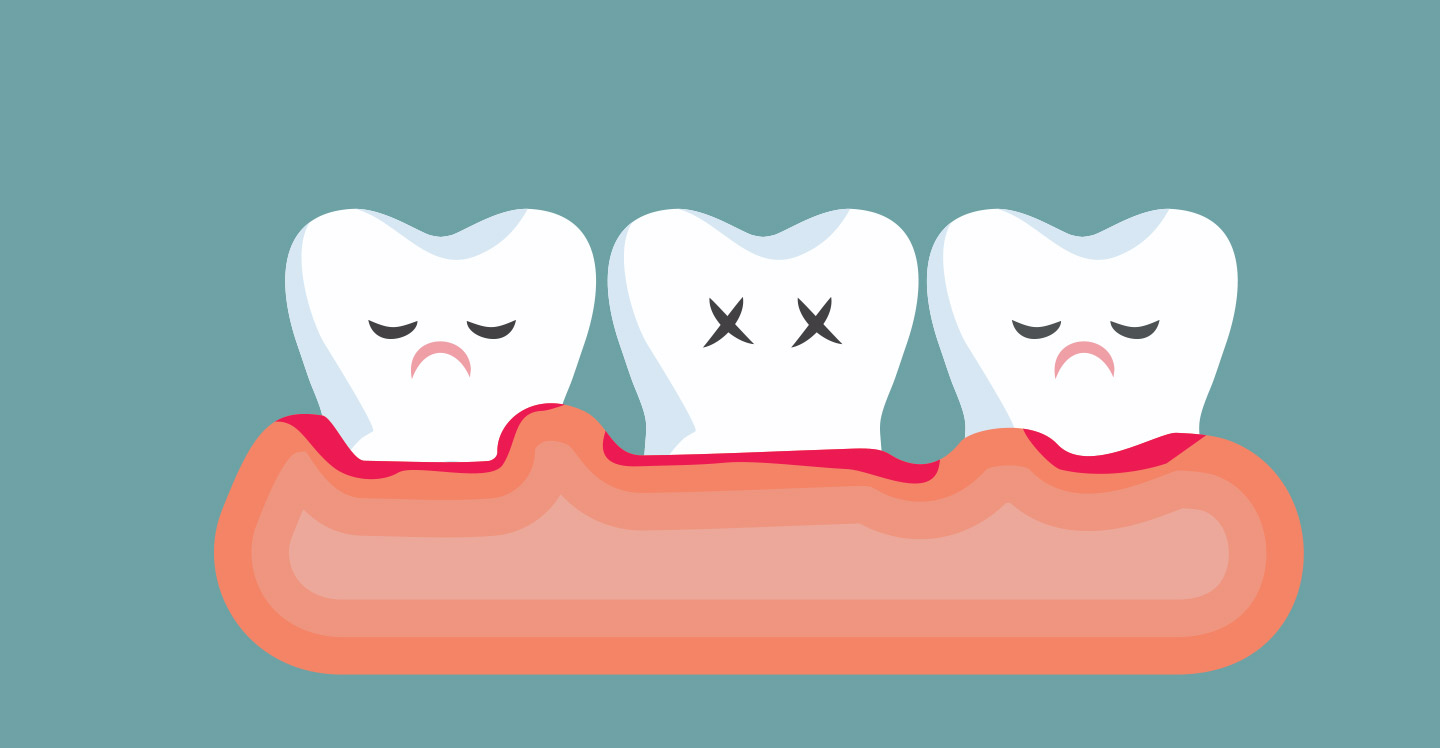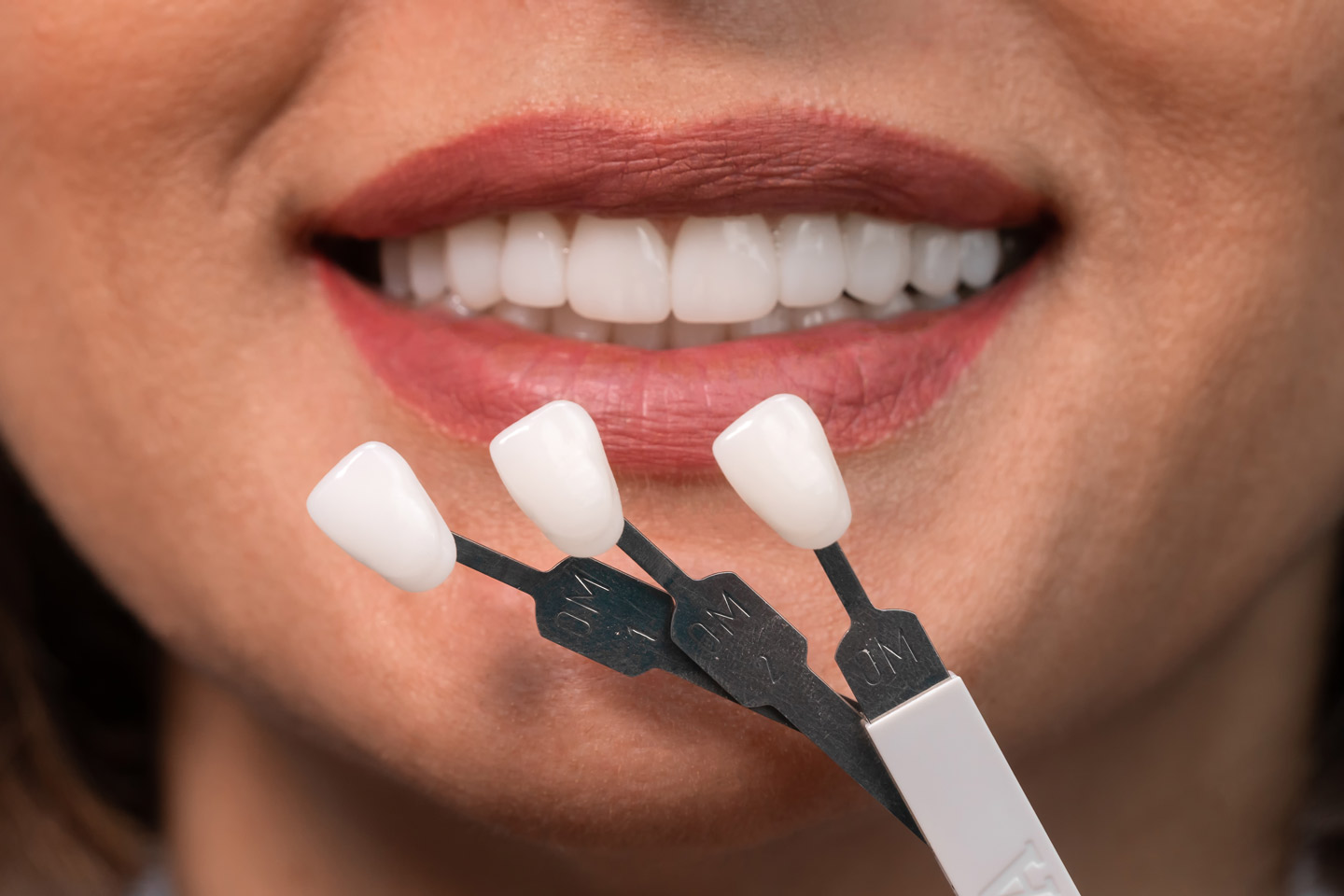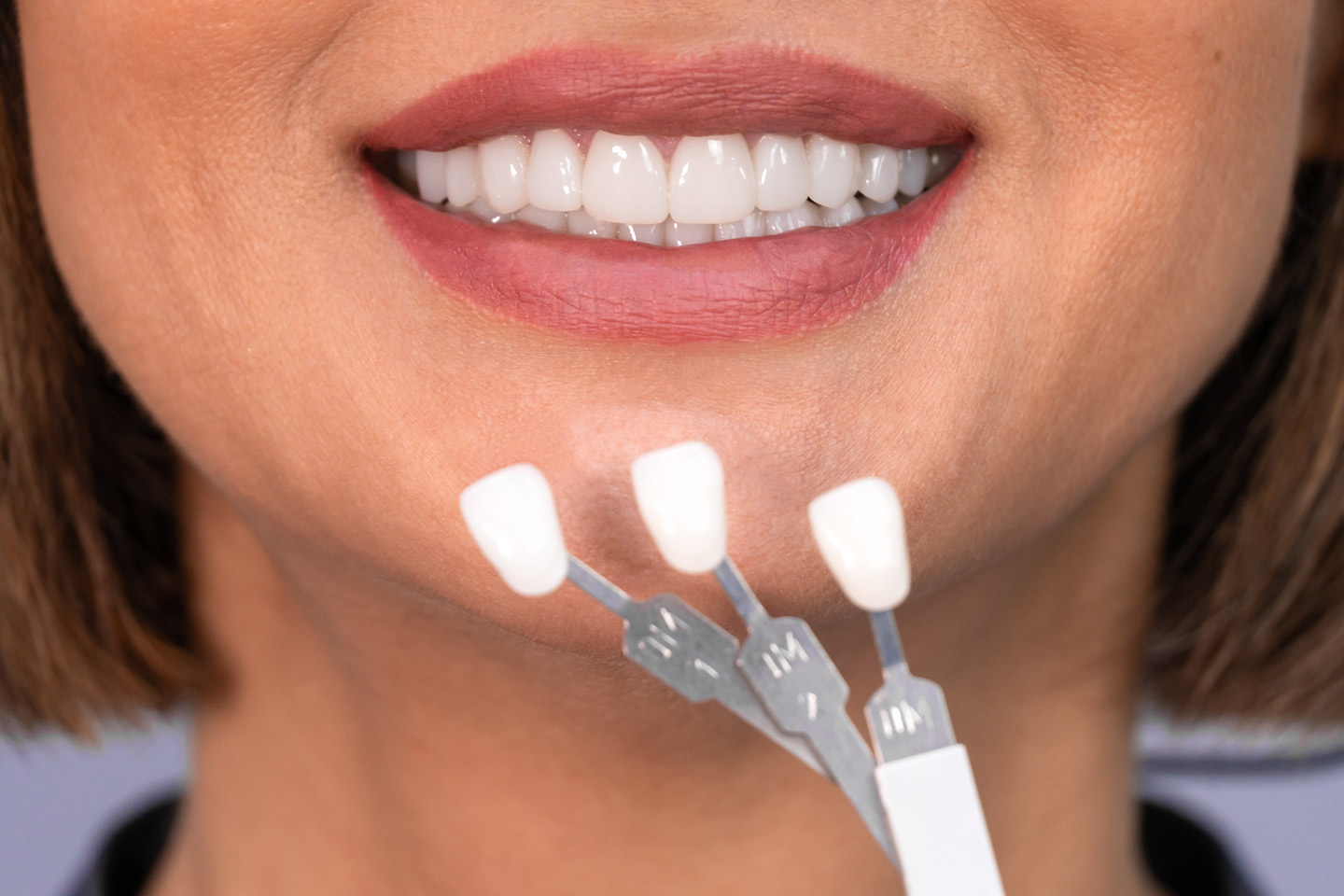Understanding the difference between HMOs vs PPOs

In this blog, we are going to explore the difference between an HMO and a PPO – so that you can make the best decisions about your care.
Acronyms? What acronyms?
Let’s start with the basics: an HMO is a Health Maintenance Organization while a PPO is a Preferred Provider Organization. As most insurance in the United States is employer-based you may not have a choice between the two as your employer may choose the options for you.
On the marketplace of healthcare.gov – both options are commonly present. Over half of the plans on the government’s website are HMO-based plans. PPO plans are available; however, many are set up as high-deductible plans.
On a side note, each November, open enrollment begins through healthcare.gov – if you do not currently have insurance through your employer, you have the option to enroll. The current enrollment period will end on January 15, 2023. If you are reading this after the enrollment period, another will begin in November 2023.
Which option is better for me?
The most central difference between the two plans is the phrase “in network.” HMOs link a huge network of different healthcare providers of all types. However, if your current care provider is not a member of that network – none of the costs will be covered by the HMO if you see a doctor or provider who is not a member of that network.
PPOs will cover some costs associated with visiting a provider who is not in the network. Though, typically, a lower cost will be paid than if the provider had been in the network.
Another major difference between the two is the need for a referral. If you are looking to see a specialist or other doctor, you may need a referral before you can see that provider. Without a referral, the care provider may not see you or no benefits will be paid out from the plan, leaving you to cover all the costs.
You will also want to know which hospitals are part of your network before an emergency occurs. This will help prevent higher medical costs later.
Referrals are not needed as part of a PPO, and you can see the provider without them. You will still want to check to see if they are in your network, otherwise, you can simply make your appointment.
We have provided the following chart that breaks down the difference between the two types of plans. Keep in mind individual plan differences can vary by the plan. For more in-depth information about your plan, we recommend calling your provider.
| Type of service | HMO | PPO |
|---|---|---|
| Coverage out of network | No | Yes |
| Referral Required | Yes | No |
| Premium costs | Lower | Higher |
| Office visit costs | Higher | Lower |
| Copay | For individual services | For total of services |
Which one is more expensive?
Much of it will be dependent on the type of care you require and the frequency of the care. Before selecting a plan, you will want to examine the deductible and the maximum out-of-pocket costs.
Deductibles are the amount that you pay before benefits are applied to your medical bill. For example, if you have a $5,000 deductible, you will have to pay all costs up to $5,000 before the policy covers any expenses. Once the deductible is reached your policy may cover a certain percentage. For example, it may only cover 80% of costs until the maximum out-of-pocket is reached. Once the maximum out-of-pocket is reached the plan will cover all covered medical expenses.
Most people only reach the maximum out-of-pocket deductible when seeking high-level care or undergoing surgery. Care for independent services may never reach that point.
However, understanding how much individual services pay – can be helpful for budgeting.
To help visualize the difference between HMOs and PPOs we’ve provided this handy chart of the costs for services under each type of plan.
| Service | Normal Cost | HMO | PPO |
|---|---|---|---|
| Dental Crowns | $1,200 | $960 | $240 |
| Molar Root Canal | $700 | $560 | $140 |
| Deep clean | $800 | $640 | $160 |
In summary, HMOs can be typically less expensive in terms of monthly, service, and individual coverage for services. However, if you are a person who sees a lot of specialists, finding the care you need may prove a challenge if they are not within your network.
Finally, you are not locked in forever to a particular type of plan. If you receive your insurance through your employers, you will have the option to change plans during open enrollment. You can change from an HMO to a PPO from one year to the next, and back again.
Healthcare.gov also offers the same type of enrollment each year.
Be realistic about your care, and who you need to see and make your decision from there.
Have questions? We have answers.
Everyday Medico M.D. works with a variety of unique health plans. If you’re still having questions about your coverage, call us and we can help you get the exact coverage of your current plan.




